WWII's Most Ingenious 'Escape & Evade' Spy Gadgets & Tech
Listen to the podcast A History of the World in Spy Objects - Lynette Nusbacher: Button Compass
Long before Q created 007’s Aston Martin DB5 ejector seat, British and American gadget-masters were hiding compasses in shirt buttons and cameras in cigarette lighters. It all started with MI9’s ultra-secretive ‘escape and evade’ program, set up by the British in 1939 to help PoWs avoid capture or escape from Nazi prisons. The operation soon spread to the US and a clever American 'Q' named Robley E. Winfrey.
.webp)
Footprint overshoes
Going somewhere? When you're behind enemy lines you don't want to leave a trail that leads to your doorstep. In order to evade detection, the British created footprint overshoes for Special Operations Executive (SOE) agents operating in South-East Asia during WWII. According to Britain's Imperial War Museum, the overshoes fit over the wearer's own shoes to disguise both their footprints and the direction they were walking.
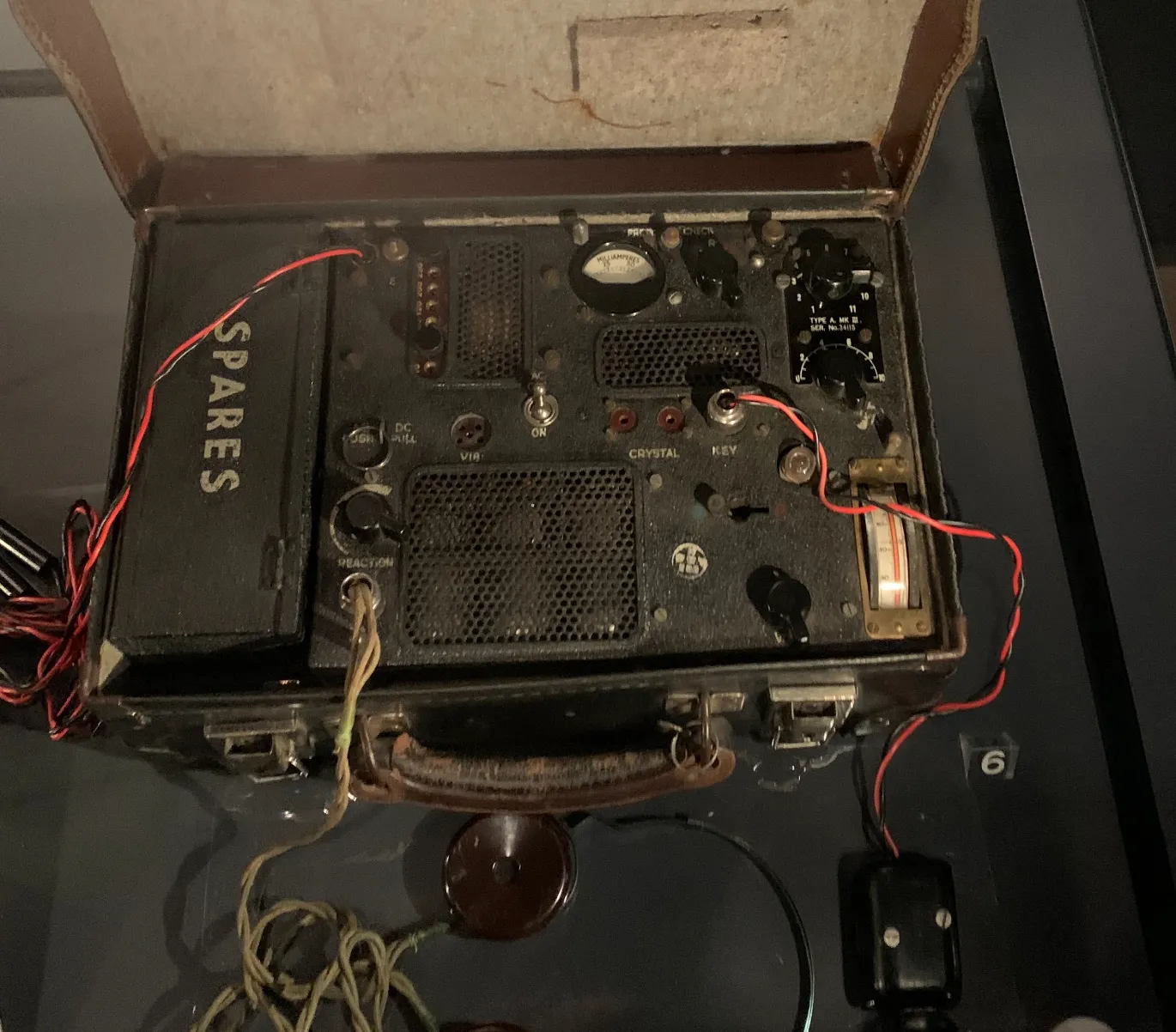
Miniature Suitcase Radio
Spies operating behind enemy lines needed to gather intel and coordinated resistance efforts so evading capture and building effective communication networks were crucial for SOE agents like Indian-British radio operator Noor Inayat Khan. To address the communication challenge, the suitcase radio emerged. It was compact, adaptable to different power sources, and dropped behind enemy lines by parachute in airtight containers. Khan would send her coded messages on a Mark II suitcase radio, but the sophisticated gadget had drawbacks. It weighed 30 pounds - almost a third of Noor’s own bodyweight - and contained a 70-foot antenna that she'd have to discreetly unfurl in the field.
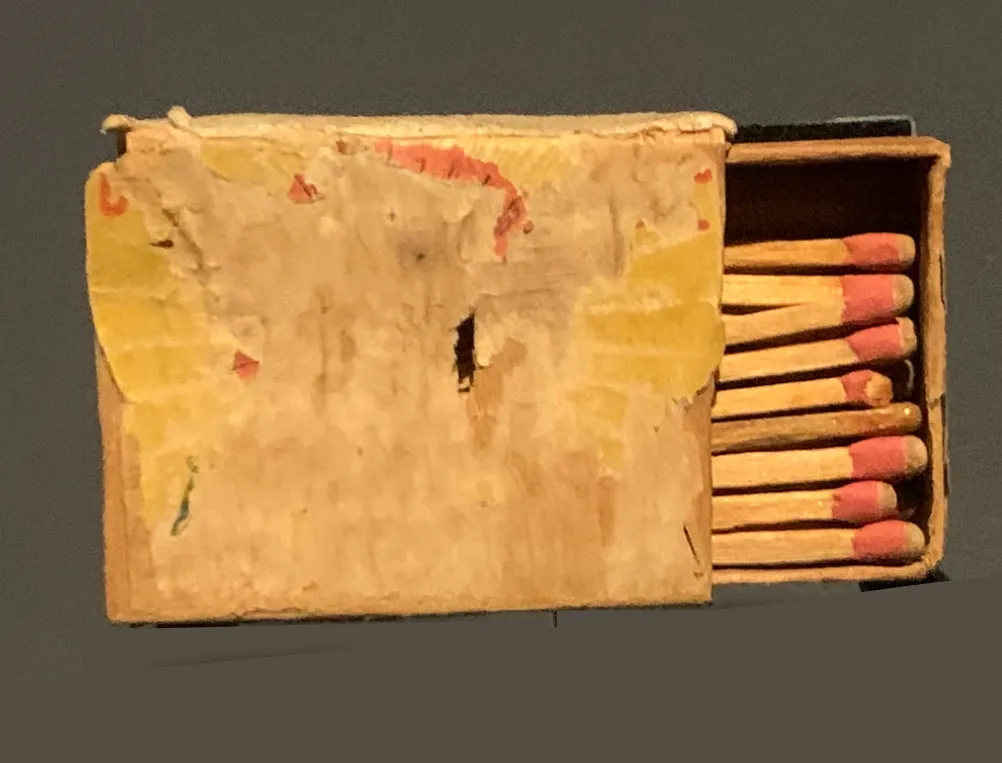
Invisible Ink Matches
Double agent Eddie Chapman, nicknamed Agent ZigZag, was a skilled safecracker who volunteered to spy for the Germans then surrendered to British authorities after parachuting into England in 1942. He was equipped with a match box that contained one match adapted for writing secret messages to evade detection.
.webp)
Pocket Litter
If you want to blend in with the locals, you'd better dress and act like one. That means getting rid of telltale signs. If you're an American spy pretending to be a French national, throw away your English-language matches, cigarettes, receipts and anything else in your pocket that could point to your identity. It's helpful to also load up with 'Pocket Litter' - aka Wallet Litter - to back up your legend. Matches from local restaurants and hotels, receipts, travel documents, and event tickets add convincing detail to your cover. That applies to your clothing too. WWII escape & evade experts ensured agents dressed in local fashion and had the appropriate labels sewn into clothing.
.webp)
Button Compass
Christopher Hutton, an ex-Royal Flying Corps major, was also in charge of producing tiny compasses and other gadgets for those who were caught and trapped in PoW camps. The goal was to help them escape and for that, they'd need to navigate to a safe haven. A single compass needle, known as a swinger, was made from cotton and swung north. It could be concealed in military brass buttons, collar studs, pencils, or cigarettes, according to author Phil Froom, who served in British Signals Intelligence.


Hair Brush Map
Britain’s spies disguised tools as everyday items so fake ‘aid agencies’ could smuggle the goods into German POW camps as care packages. Board games hid cash. Hair brushes and shaving kits were stuffed with miniature tools. An estimated 400,000 maps were disguised as everyday items or sewn into the lining of uniforms, and 17,000 Allied escapees carried them around.
“MI9 coordinated this incredible program, which included the escape devices that became legendary in Ian Fleming's James Bond novels,” according to Helen Fry, author of the spy book MI9.

Chess Game Maps
Not every care package contained contraband goods, which made it difficult for German guards to find miniature saws, screwdrivers, maps and forged documents embedded in board games or hidden in sports equipment, according to London’s Imperial War Museum.
Signals were used to tip-off Allied airmen and soldiers about what they might find inside. If the chess game's cover mentioned ‘Patent applied for’ the game likely concealed escape aids.
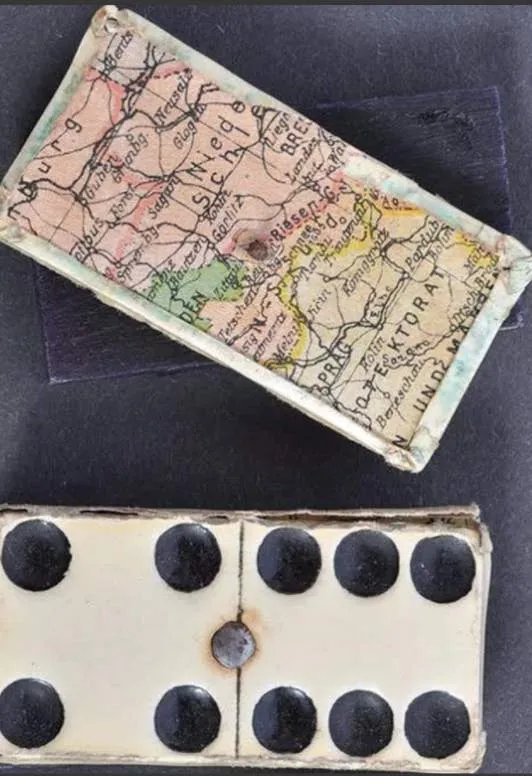
Domino Maps
Dominos were another favorite hiding spot for maps. The ivory playing pieces were small, so they were unlikely to attract attention, but they could be laid down against other domino-sized maps of Europe or Burma. A pair of three WWII dominoes sold for $2,300 in a British auction in 2022.
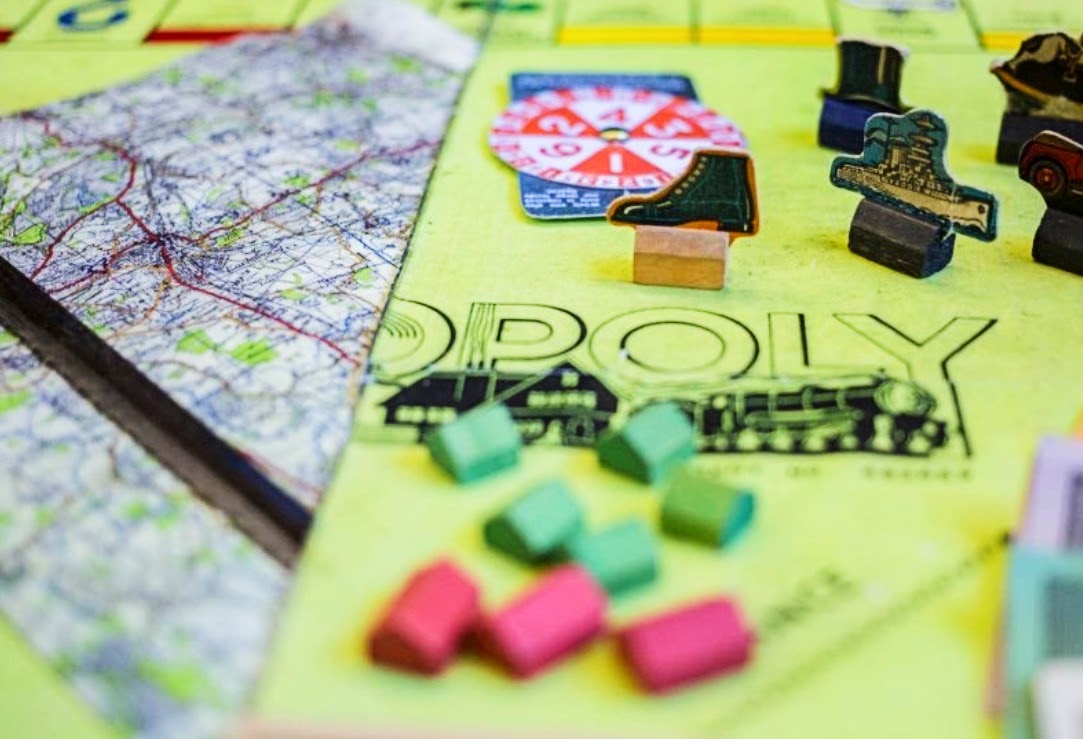
Special Edition Monopoly
POWs knew to keep an eye out for ‘special edition’ Monopoly board games, particularly those marked with a subtle red dot on ‘Free Parking’. Marked games might include compasses, tools, maps, or real banknotes hidden under the game money. MIS-X’s use of the game wasn’t revealed until 1990 when the manufacturer’s team was given permission to tell their story.
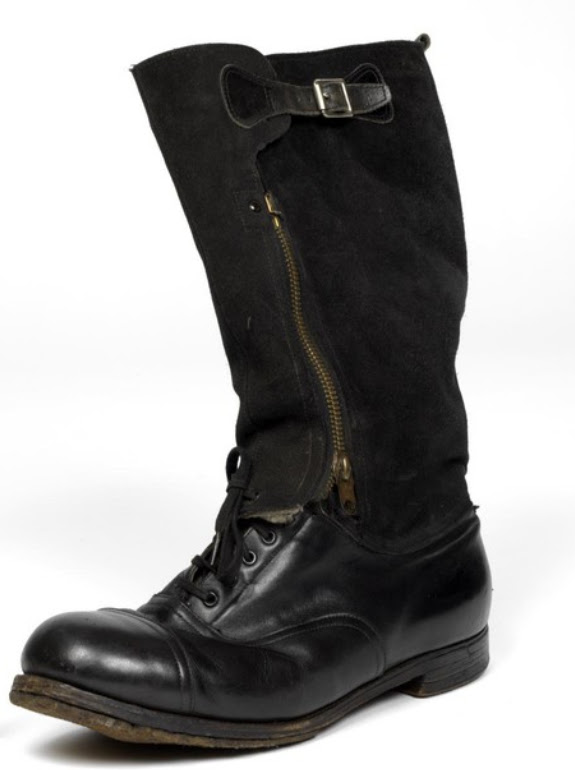
Flying Boots
Hutton also dreamed up a new style of flying boots that had hollow heels that held knives, maps, a compass, and a file.
The escape and evasion program flourished and inspired the Americans to follow suit.
"The brand new social experience where you activate your gaming skills as you train like a spy."
- TimeOut
Take on thrilling, high-energy espionage challenges across different game zones.


America's Q
In December 1941, with the bombing of Pearl Harbor, the US joined the war and within two weeks US intelligence officers were in England plotting with MI9. US Air Force General Major General Carl Spaatz and MI9’s Scottish spymaster, Brigadier Norman Crockatt, set up the plan for a US version of MI9.
America’s MIS-X was based in Fort Hunt, south of Washington, DC, on a farm once owned by George Washington’s family, and known only by its postal code, Box 1142.
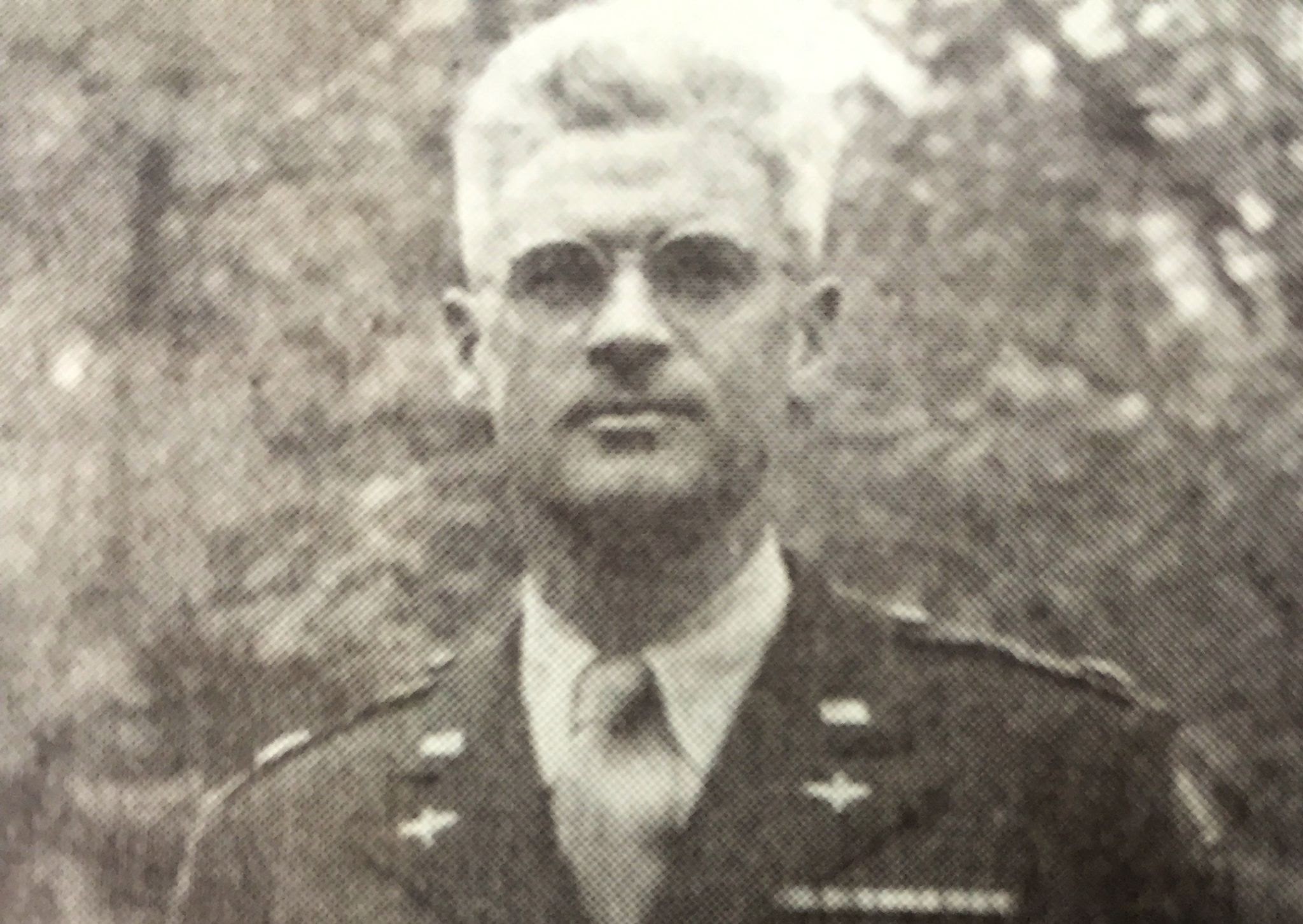
A former Ohio University civil engineer, Captain (later Colonel) Robley E. Winfrey, was selected to run Fort Hunt’s MIS-X operation.
Winfrey - essentially America’s ‘Q’ - spent five months on secondment with MI9 in 1942 learning everything Hutton could teach him to ensure the US program was a success.
Shaving brushes, shoe brushes, Ping-Pong paddles, and cribbage boards loaded with tools, radio parts, and cash were assembled into care packages at Fort Hunt.
As the MIS-X program gathered steam, radio parts were hidden in softballs. Food was also added to packages as well - dried fruits, beans, canned milk and sardines - and clothing with tiny saws sewn into the fabric.
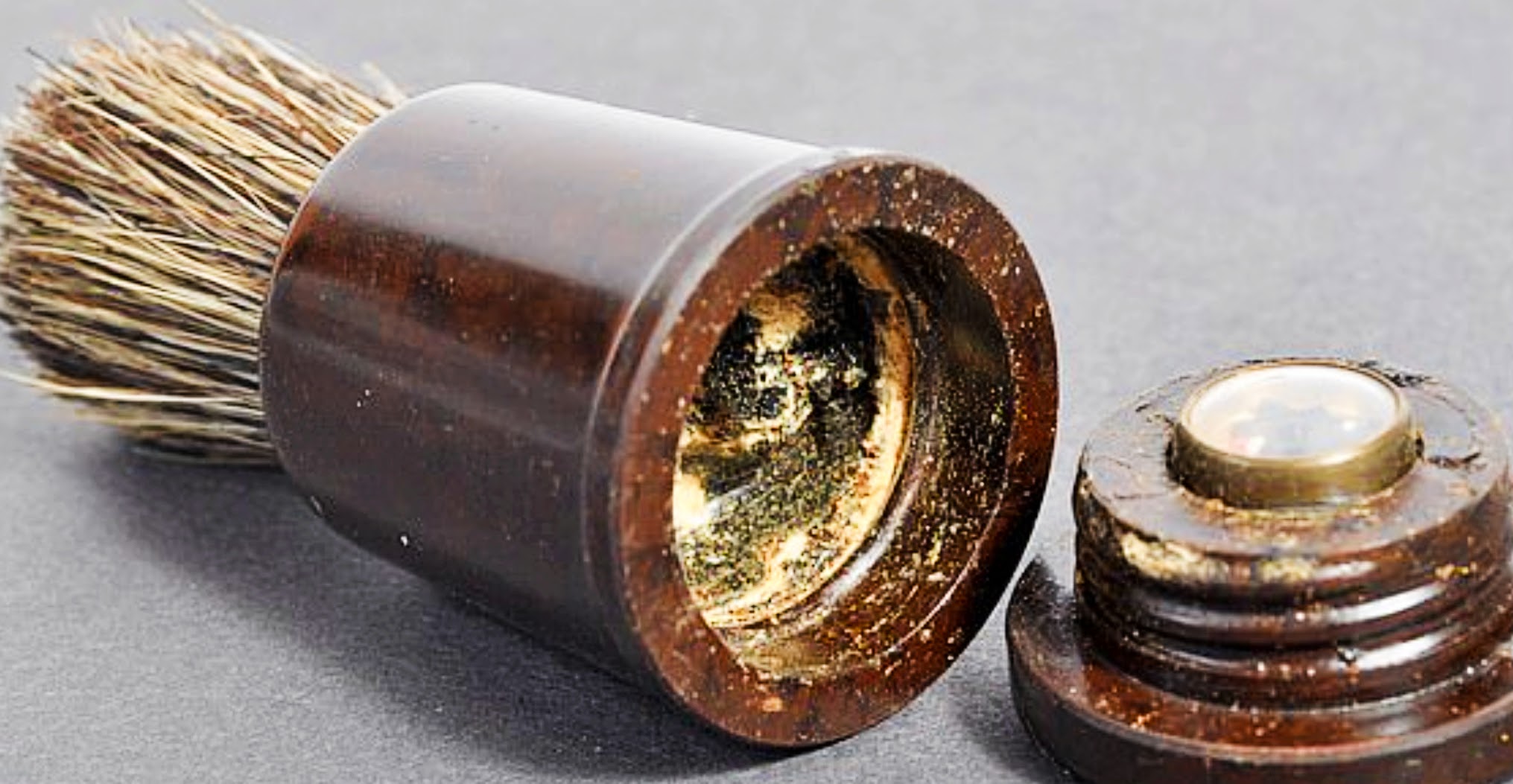
Shaving Brush Compass
“MIS-X went one step further than MI9 and issued a mandate that it was the duty of escapers and evaders not only to escape but to obey instructions from the escape lines as if the orders had come from their own unit commanders,” Fry wrote in MI9. “In camps that held both British and American POWs, the POWs worked together in escape efforts.”
British and American prisoners divided themselves into groups with responsibility for gadgets, tunneling, forgery, codes, intelligence gathering, copying and updating escape maps, and tailoring uniforms or civilian clothing for escapes.
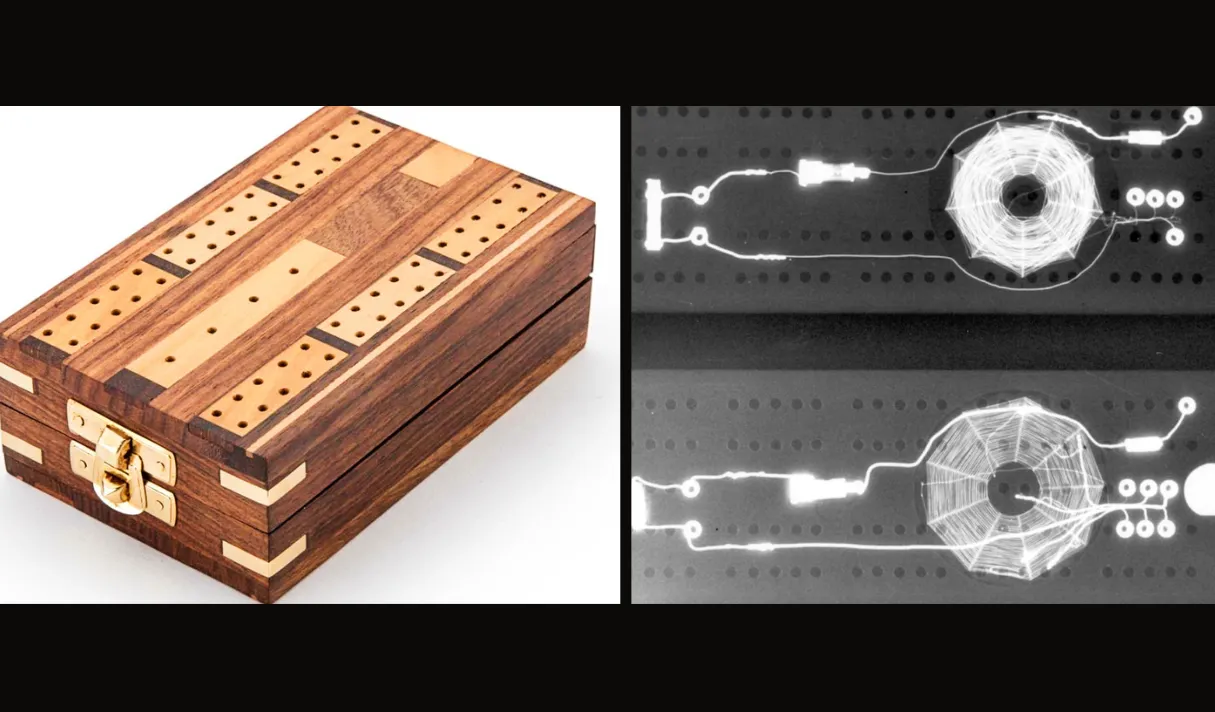
Cribbage Tool Boards
The US Playing Card Company agreed to hide silk maps in some decks of cards. They were revealed when the top layer of the card was peeled back. The R.J. Reynolds tobacco company fit crystal radio receivers inside packages of cigarettes, former MIS-X operative Lloyd R. Shoemaker wrote in The Escape Factory.
Winfrey also dreamed up a unique way of providing POWs with compasses. “He contacted the Gillette Razor Company in Boston and asked if they would magnetize their double-edged blades so that when a blade was balanced on a stick or held by a string, the G in the company trade name would point to the north.” Shoemaker said, adding that 5,000 magnetized blades were manufactured and 1,000 handles loaded with escape material.
To their credit, the US Playing Card Company, Gillette Razor, and R.J. Reynolds never billed for their services, Shoemaker added.
MIS-X expanded its operations into the Pacific and Far East, where an estimated 12,000 US soldiers and airmen escaped and evaded capture with similar methods. Both MI9 and MIS-X destroyed whatever evidence was left of their ultra-secret programs at the end of the war. Fort Hunt’s documents were burned and its makeshift buildings dismantled but the stories have lived on in biographies and government archives, cementing the ‘special relationship’ between Britain and the US.
Churchill called the wartime partnership of MI9 and MIS-X an 'absolute brotherhood'.
SPYSCAPE+

Join now to get True Spies episodes early and ad-free every week, plus subscriber-only Debriefs and Q&As to bring you closer to your favorite spies and stories from the show. You’ll also get our exclusive series The Razumov Files and The Great James Bond Car Robbery!


Gadgets & Gifts
Explore a world of secrets together. Navigate through interactive exhibits and missions to discover your spy roles.
Your Spy Skills
We all have valuable spy skills - your mission is to discover yours. See if you have what it takes to be a secret agent, with our authentic spy skills evaluation* developed by a former Head of Training at British Intelligence. It's FREE so share & compare with friends now!
* Find more information about the scientific methods behind the evaluation here.


Stay Connected
Follow us for the latest
TIKTOK
INSTAGRAM
X
FACEBOOK
YOUTUBE